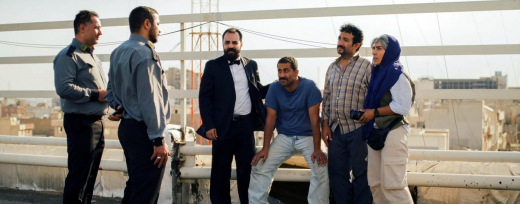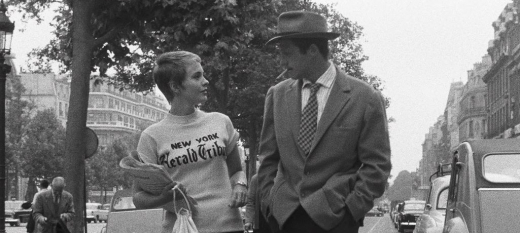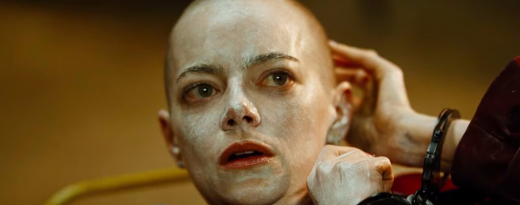The Color of Pomegranates
In 1986, the renowned French director Jean-Luc Godard praised one of his colleagues in Cahiers du Cinéma: "In the temple of cinema there are images, light and reality. Sergei Parajanov was the master of that temple." Godard was not alone in his admiration of the Armenian director; his film The Color of Pomegranates is considered by many to be one of the very best films ever made. The film depicts the life of one of the icons of Armenian culture: the 18th-century poet and troubadour Sayat-Nova, King of Songs. Sayat-Nova's life is told in eight chapters, from his earliest childhood to his death, which
Parajanov presents in an almost surreal narrative style. The film has little dialogue, but there are visual tableaux, sounds and music. Actress Sofiko Chiaureli, Parajanov's muse, plays six roles, both male and female. The resulting poetic, avant-garde portrait of an artist was not well received by the Soviet authorities at the time.
Marina Abramović
The Saturday supplement of the Volkskrant has for many years featured the regular column Our guide this weekend, in which a well-known person shares with the reader his/her preferences in all kinds of fields. Recently it was the turn of performance artist Marina Abramović, whose retrospective is now on show at the Stedelijk Museum.
Her favourite film? Sergei Parajanov's The Colour of Pomegranates. About the director, she says: "What he does in his films, the aesthetics and emotions he evokes with his images, that's what I want everything I myself strive for in my work." She concludes with: "This really is a film you must have seen."
And you can! The Colour of Pomegranates can be seen a few more times at Rialto De Pijp.
Restored in 2014 by Cineteca di Bologna/L’Immagine Ritrovata and The Film Foundation’s World Cinema Project, in association with the National Cinema Centre of Armenia and Gosfilmofond of Russia. Restoration funding provided by the Material World Charitable Foundation and The Film Foundation.




